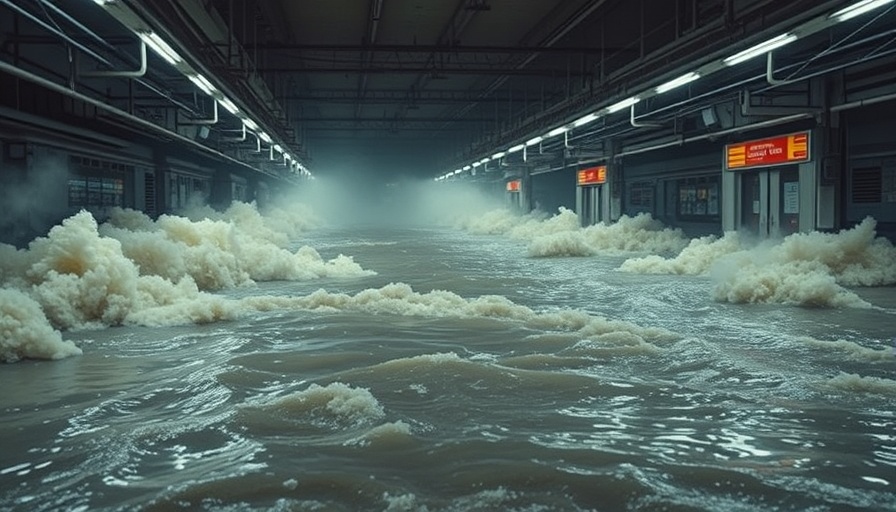
Record Rainfall Hits NYC: Are We Prepared?
On July 14, 2025, New York City faced an unprecedented weather event as Central Park recorded 2.64 inches of rain within a single hour, marking it as one of the wettest hours in the city's history. This torrential downpour led to flooding in multiple subway stations, disrupted services, and even caused injuries, prompting city officials to urgently address the shortcomings in the city's infrastructure.
The Impact on Daily Life and Infrastructure
The swift and intense storm overwhelmed subway systems, particularly at key stations such as W. 28th Street, where videos captured floods inundating platforms and trapping commuters. Mayor Eric Adams described the July 14 deluge as a wake-up call to the city’s vulnerable infrastructure, stating, "I probably don’t recall seeing that level of rain before." With subway services suspended across multiple lines—including the 1, 2, and 3—commuters were left scrambling for alternative transportation as approximately 16 million gallons of water were extracted from the system.
Understanding the System's Limitations
City officials acknowledged that the infrastructure was not equipped to handle such extreme weather. Department of Environmental Protection Commissioner Rohit Aggarwala noted, "The city’s sewers were designed to handle intense rainstorms of up to 1.75 inches per hour." This event demonstrates the growing need for a thorough reassessment and upgrade of New York City's stormwater management systems to prepare for the increasing frequency of these extreme weather patterns.
How to Stay Safe Amidst Unpredictable Weather
As climate change fuels more severe weather events, residents must remain vigilant about their safety during such storms. It’s essential to be aware of immediate weather reports, plan alternative routes if public transport is disrupted, and consider practical safety measures such as avoiding travel during heavy rainfalls.
A Call for Action
In light of these challenges, it is paramount that city leaders and infrastructure planners heed the warnings posed by these weather events. A proactive approach will not only safeguard the city's residents but also fortify New York's infrastructure against future extremes, ensuring better preparedness for inevitable storms ahead.
 Add Row
Add Row  Add Element
Add Element 



Write A Comment